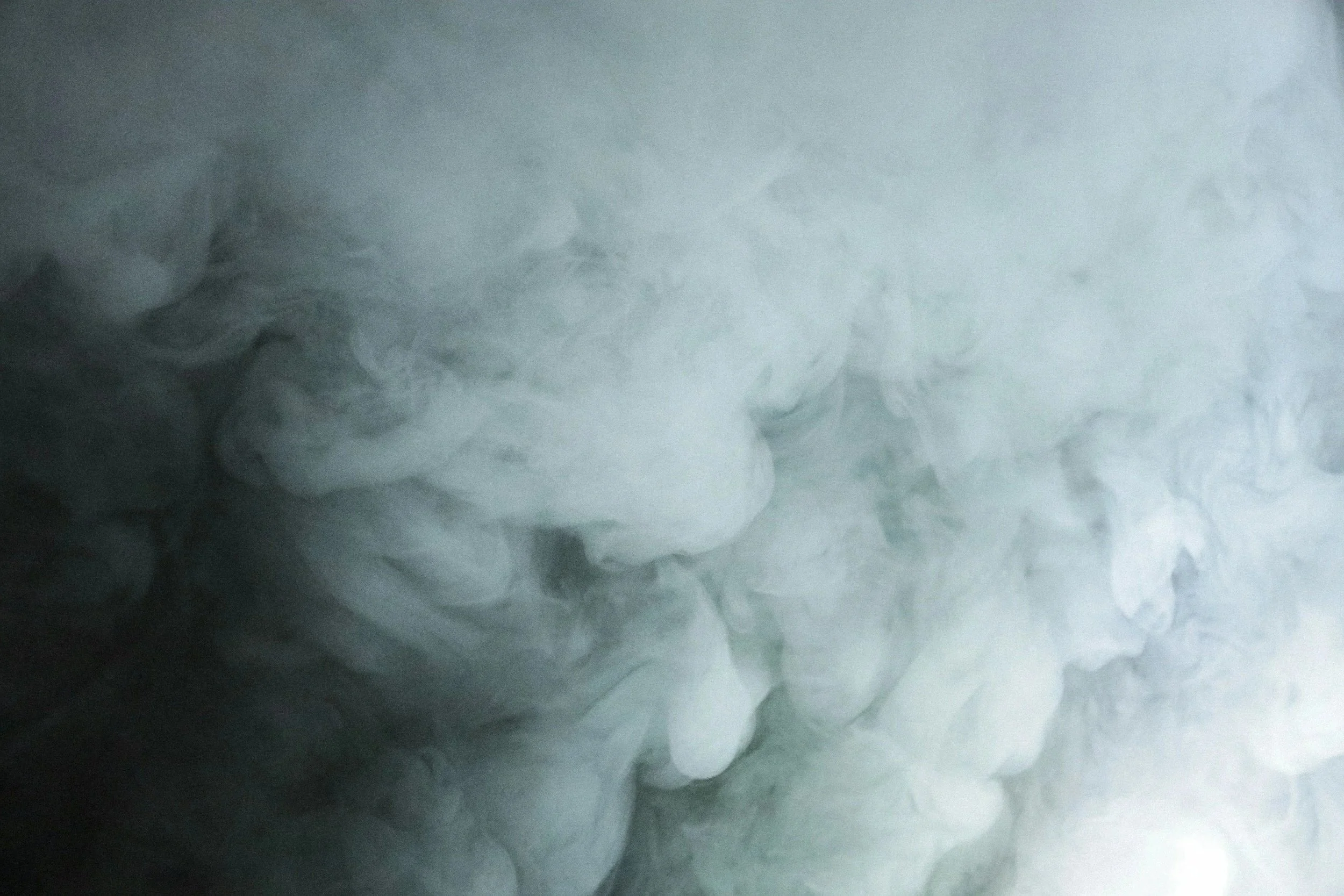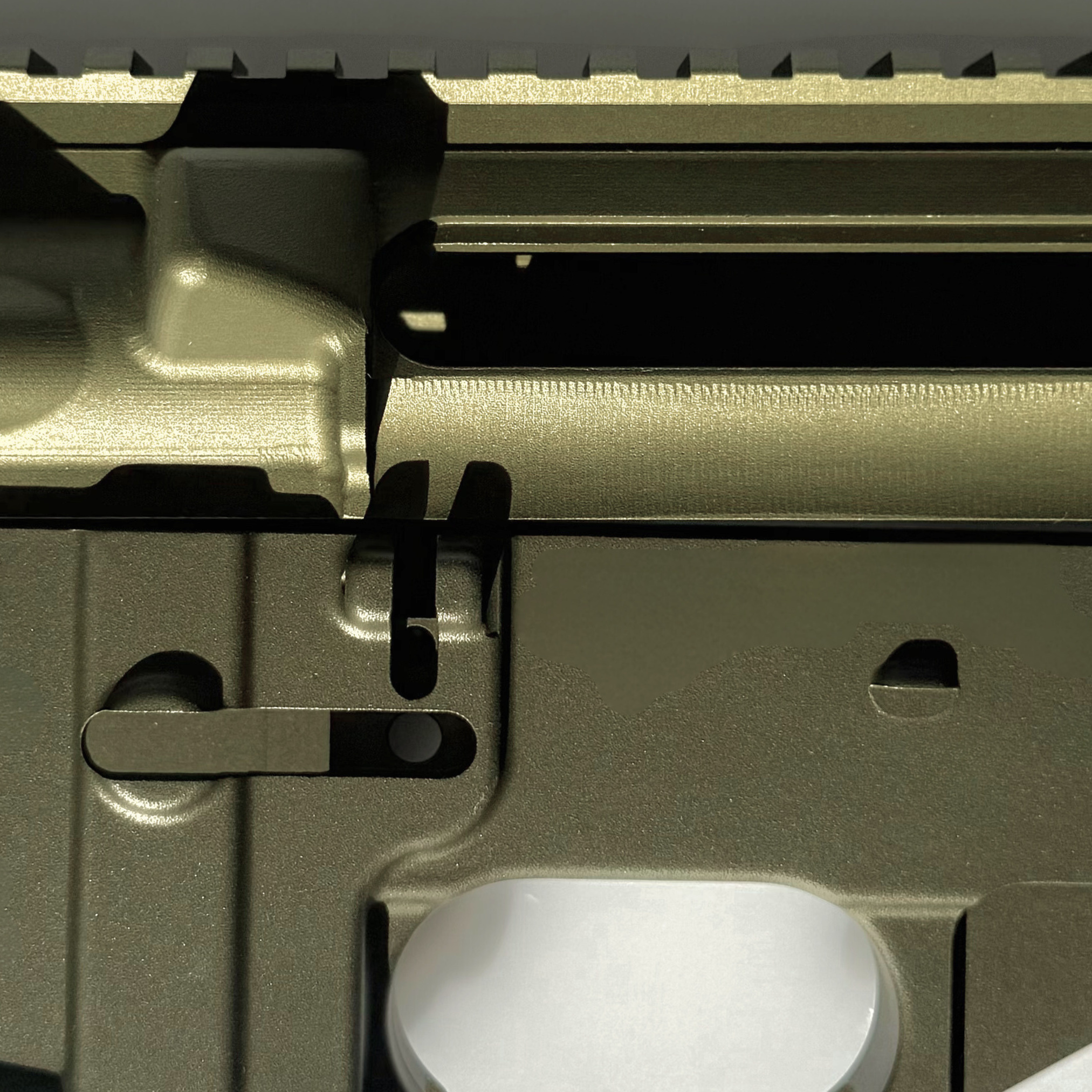CRYO-TREAT vs. HEAT-TREAT
CRYOGENIC TREATMENT
VS. HEAT TREATMENT
UNDERSTANDING HOW BOTH SHAPE MENTAL PERFORMANCE
Heat Treatment is a controlled process of heating and cooling metals to change their physical and mechanical properties.
By adjusting temperature, time, and cooling rate, engineers can harden, strengthen, or soften materials depending on the application.
Common goals include:
Increasing hardness and wear resistance
Improving ductility for forming or machining
Relieving internal stresses
Refining the grain structure
Typical heat treatment stages:
Heating to a specific transformation temperature
Holding (soaking) to allow molecular changes
Cooling through quenching or air cooling to lock in structure
Result: The metal’s crystal structure transforms — often converting softer austenite into harder martensite, which dramatically improves strength.
Cryogenic Treatment takes the concept of heat treatment a step further — to the sub-zero extreme.
After standard Heat Treatment, parts are slowly cooled using liquid nitrogen vapor to reach temperatures around –300°F (–184°C).
This ultra-cold step accomplishes what heat alone cannot:
Converts retained austenite into martensite, increasing hardness
Relieves residual stress for dimensional stability
Promotes fine carbide precipitation, enhancing wear resistance
Reduces internal distortion and fatigue over time
Where heat treatment changes the structure, cryogenic treatment perfects it.
WHY THEY WORK BEST TOGETHER
Heat treatment builds the foundation, while cryogenic treatment as sealing and strengthening it.
When combined, the two provide:
Longer component life (less wear and fatigue)
Improved dimensional stability for tight-tolerance assemblies
Reduced risk of cracking or distortion
Higher consistency across batches
Manufacturers who rely on high-performance parts — especially in aerospace, medical, and defense — often use both processes for maximum precision and reliability.










